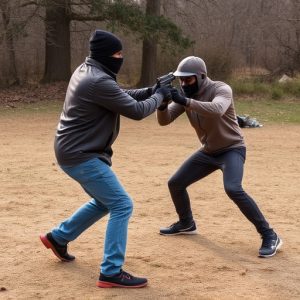Compact Stun Guns: Exploring Range, Design, & Legal Facts
Compact stun guns with integrated chargers offer enhanced personal safety through portability, easy…….
Compact stun guns with integrated chargers offer enhanced personal safety through portability, easy concealment, and convenient charging. Despite misconceptions about their range, these devices have a limited effective reach of 2 to 15 meters. Their effectiveness depends on power output (measured in joules), projectile design, and environmental conditions. Legality varies across jurisdictions, with many regions allowing possession but imposing age restrictions, registration requirements, and specific use/carry regulations.
“Explore the world of stun weapons and their surprising projectile range capabilities. This comprehensive guide delves into the design and functionality of compact stun guns, equipped with built-in chargers, offering a unique blend of portability and power. We separate fact from fiction regarding their effective range, uncovering factors that influence performance.
Additionally, we navigate the legal landscape surrounding stun gun range limitations, providing insights for informed ownership decisions.”
- Compact Stun Guns: A Overview of Size and Design
- Built-in Chargers: Advantages and Disadvantages
- Stun Weapon Range: Fact vs Fiction
- Factors Affecting Projectile Range Performance
- Legal Considerations for Stun Gun Range Capabilities
Compact Stun Guns: A Overview of Size and Design
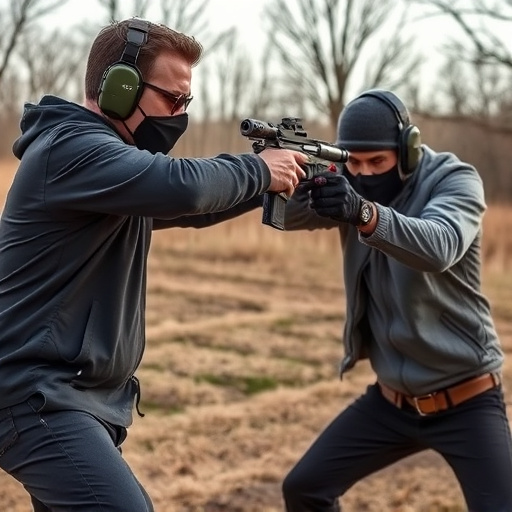
Compact stun guns have revolutionized personal safety, offering a discreet and powerful defense option for individuals seeking protection on-the-go. These innovative devices are designed to fit comfortably in hands or easily concealed in pockets, making them ideal for those who prioritize preparedness without sacrificing portability. Key features often include a sleek, lightweight build, a built-in charger for convenient recharging, and adjustable stun settings to control the intensity of the shock.
The compact size doesn’t compromise performance; these stun guns deliver strong jolts capable of incapacitating an assailant temporarily. Their design focuses on ease of use, with simple activation mechanisms that require minimal training. This makes them accessible for individuals from various backgrounds, including those who may not have extensive self-defense experience.
Built-in Chargers: Advantages and Disadvantages
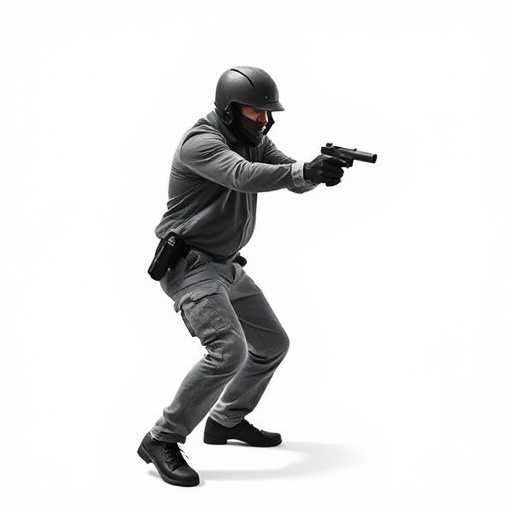
Built-in chargers in compact stun guns offer several advantages for users. These small yet powerful devices eliminate the need for separate charging cables or batteries, making them more convenient and portable. A stun gun with a built-in charger is easily transportable, allowing users to keep it handy without worrying about extra accessories. This feature ensures that your self-defense tool remains fully charged and ready for use at all times.
However, there are also disadvantages to consider. The primary downside is the potential for accidental discharge during charging, as users might mistakenly press the activation button while plugging in the device. Additionally, built-in chargers may have shorter lifespans compared to traditional removable batteries, requiring more frequent replacement or maintenance. Despite these drawbacks, compact stun guns with integrated chargers remain a popular choice for those seeking a reliable and readily available self-defense option.
Stun Weapon Range: Fact vs Fiction
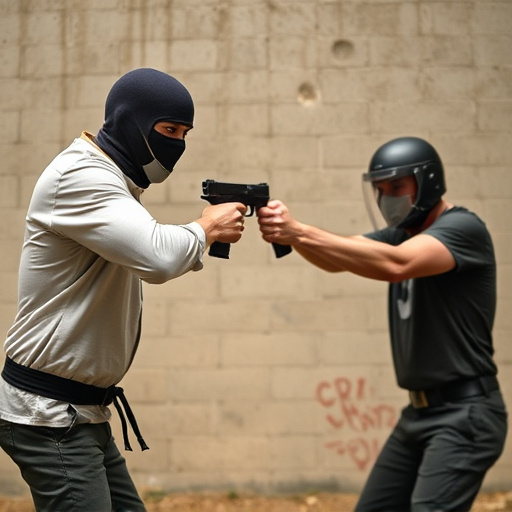
The range of a stun weapon, often glorified in popular culture, is a topic that needs clarification. Many envision a compact stun gun with built-in charger as a device that can stop an attacker from afar, but the reality is far more nuanced. While stun guns do have a range, it’s significantly shorter than what’s often portrayed in movies and TV shows. This misconception likely stems from the initial surprise effect of such devices, where the impact is instant, leading to a false belief in their power.
In truth, most stun weapons have a range typically ranging from 2 to 15 meters (6 to 49 feet), depending on the model and environmental conditions. Factors like distance, angle, and barrier obstacles can greatly affect the actual delivery range. It’s important for users to understand these limitations, as expecting to stop an assailant from far away with a stun gun is unlikely to yield positive outcomes.
Factors Affecting Projectile Range Performance
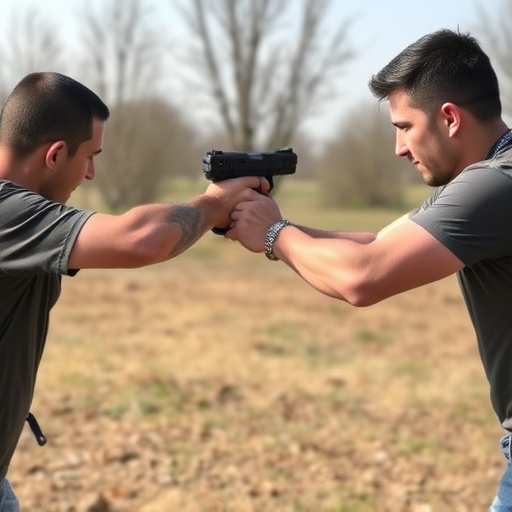
The range at which a compact stun gun with built-in charger can effectively deploy its stun impact is influenced by several key factors. One primary consideration is the power output of the device, measured in joules. Higher power ratings generally translate to increased range and penetration capabilities, allowing for better performance in neutralizing targets from farther distances. The design and quality of the stun gun’s projectile, such as dart or bean-bag construction, also play a significant role. Lighter projectiles tend to travel farther due to reduced air resistance, ensuring quicker deployment and wider reach.
Additionally, environmental conditions can drastically affect range performance. Wind speed and direction significantly impact trajectory, especially over longer distances. Other variables include temperature, humidity, and atmospheric pressure. For instance, cold weather can temporarily reduce the stun gun’s effectiveness due to its influence on the projectile’s velocity, while high humidity might increase resistance, shortening the effective range. Understanding these factors is crucial for users seeking optimal performance from their compact stun guns with built-in chargers in various scenarios.
Legal Considerations for Stun Gun Range Capabilities
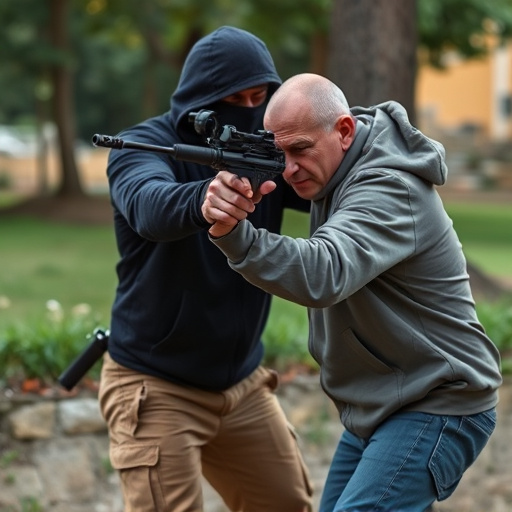
The legal landscape surrounding stun guns, particularly compact models with integrated chargers, varies significantly across jurisdictions. In many countries and states, these non-lethal weapons are legal to own for self-defense purposes, provided individuals meet specific age restrictions and comply with registration or licensing requirements. However, regulations regarding their use, carry, and range capabilities differ widely. Some regions impose strict limits on the maximum distance at which stun guns can be deployed, often due to safety concerns and the potential for misuse. This is especially relevant for compact stun guns designed for ease of carriage; their small size might raise red flags among legislators wary of accidental or intentional misuse.
When considering a compact stun gun with built-in charger, it’s crucial to familiarize yourself with local laws. Some areas may restrict the use of such devices inside certain venues, like schools, workplaces, or public transportation hubs. Others might mandate that stun guns be stored in locked containers when not in use. Understanding these legal considerations is essential for responsible ownership and ensuring compliance to avoid legal repercussions.
In conclusion, understanding the range capabilities of stun weapons, particularly the compact models equipped with built-in chargers, is essential for both consumers and legal authorities. While these devices offer enhanced mobility, their projectile range varies significantly based on design and external factors. By navigating through the advantages and legal considerations outlined in this article, folks can make informed decisions regarding the acquisition and use of compact stun guns with integrated charging systems, ensuring safety and effectiveness in various situations.

